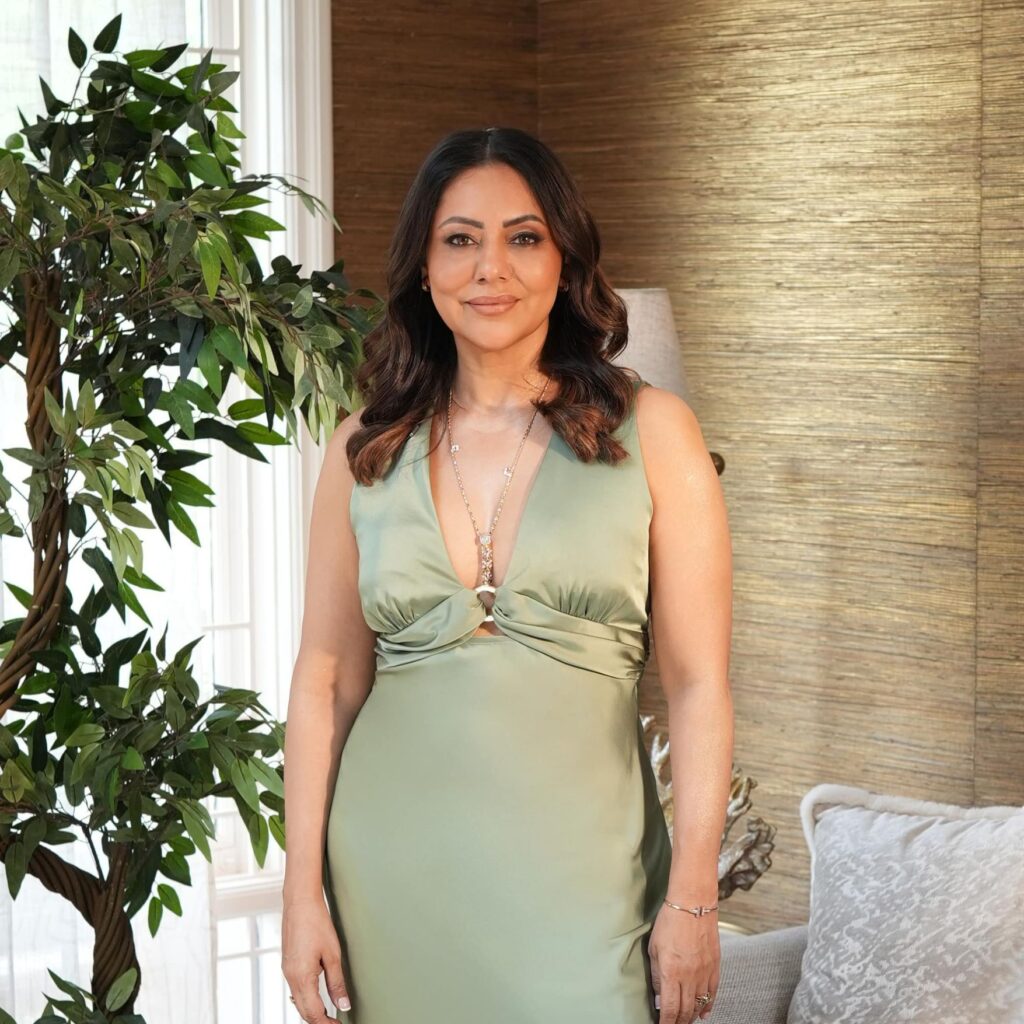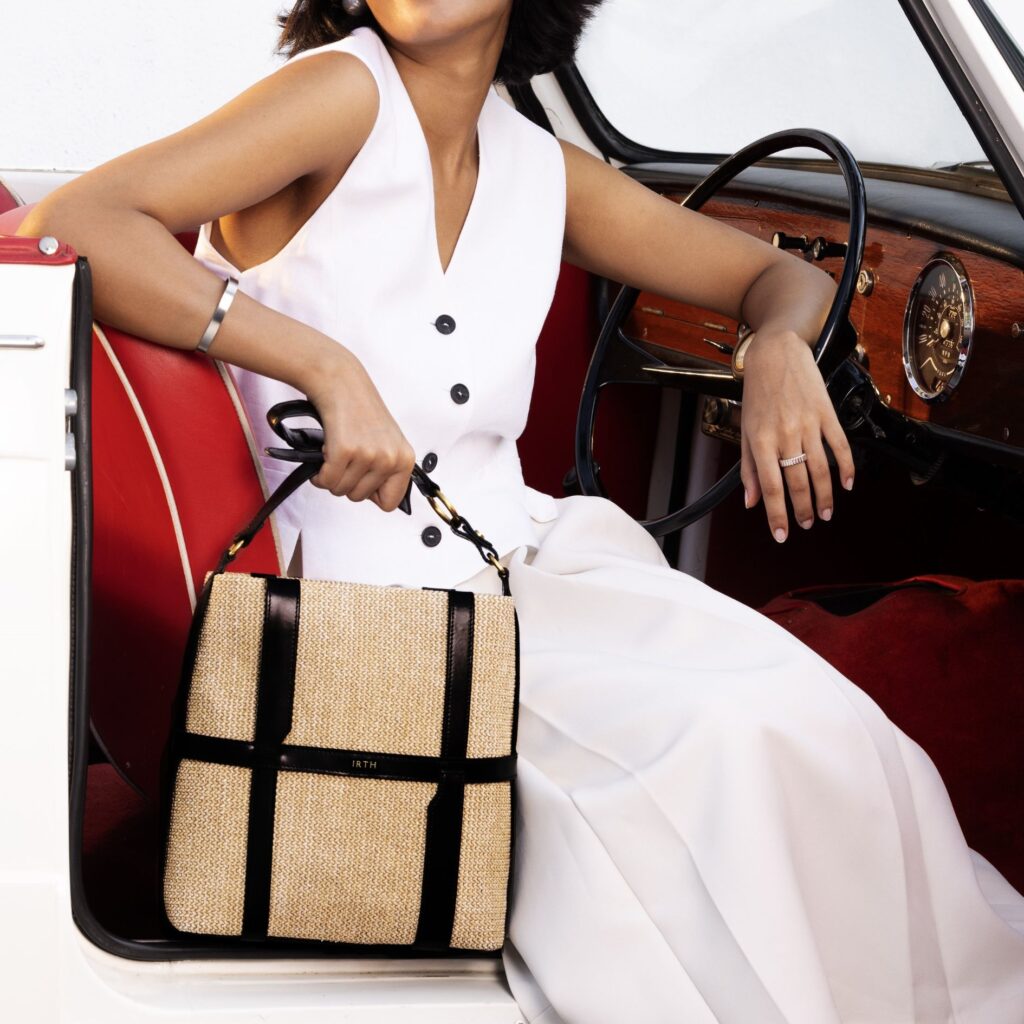- Fashion
Dear Indian Designer, the 50-year-old Has Not Stopped Attending Weddings
As Indian designers focus on younger wearers, mid-size and mid-aged women are feeling left out.
- BySujata Assomull
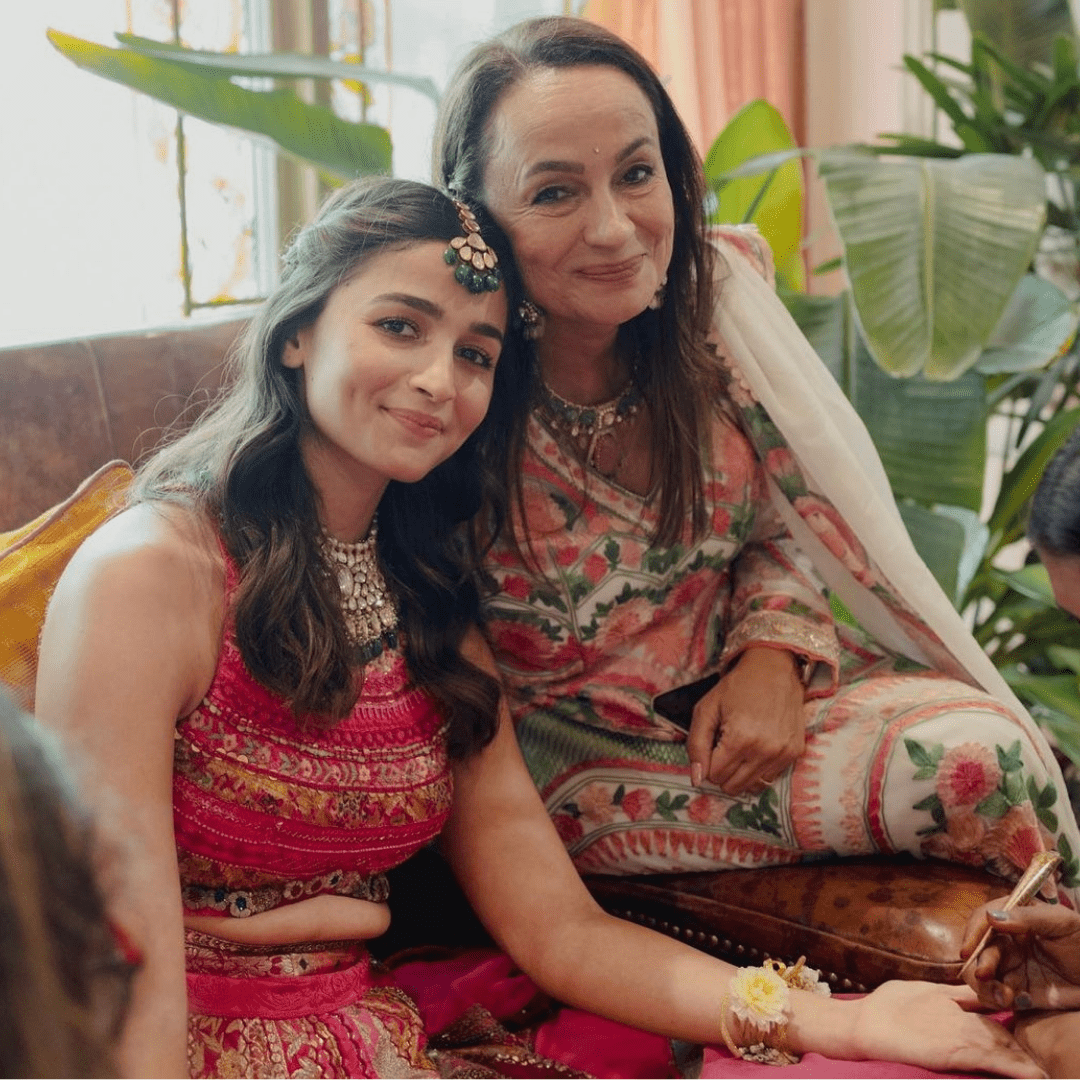
Courtesy: Instagram
A few days after India Couture Week 2023, I walked into one of my go-to designer’s flagship stores in Mehrauli, New Delhi, looking for something to wear for an upcoming family wedding. It was also a few days before I was about to turn 50, so age was on my mind, as was size. Having just returned from a summer holiday (filled with many big, fat, Indian weddings), I wasn’t feeling great about my body image. To add salt to the wound, the store’s retail manager suggested that the only option for me was an embellished kaftan.
Now, I love my kaftans, don’t get me wrong, but is that my only option? I want to clarify that I wear a UK size 10 and am happy to experiment. But this was quite the reality check—it seems if you’re middle-aged and mid-size, Indian designers have written you off.
Vandana Mohan, Founder of Wedding Design Company, says, “I get asked all the time by women above a certain age about where to find clothes for a wedding.” While it’s clear that the definition of couture is centred around weddingwear in India, it seems that designers focus solely on the bride. But the reality is, apart from the bride, women of all ages and sizes attend weddings.
“It was also a few days before I was about to turn 50, so age was on my mind, as was size. To add salt to the wound, the store’s retail manager suggested that the only option for me was an embellished kaftan.”
As Vinita Chaitanya, 61-year-old interior designers and pro-age influencer says, “It is a fact that the body changes as you get older, but many designers do not think about these challenges that older women face, especially when they design for shows.” This is a topic, she feels, needs more discussion. “There are just certain wiggles and jiggles that need to be camouflaged,” she adds. For her daughter Diya’s wedding earlier this year, the design maven had her outfits custom-made. However, she acknowledges that as a member of the design industry, it is easier for her to approach fashion designers for bespoke pieces…for other mothers-of-brides, finding weddingwear can be a challenging task.
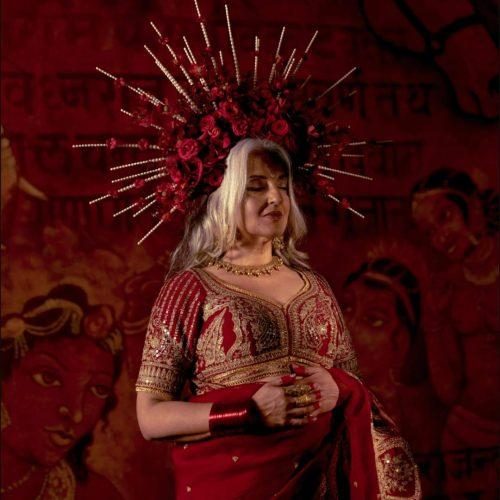
Mumbai-based Divyak D’Souza, stylist and host of the Indian edition of reality show Say Yes to the Dress, agrees. “There was a lack of age-friendly outfits at couture week; much was left to the imagination. For instance, if a particular outfit or craftwork catches one’s fancy on the runway, you will have to go to the designer’s studio and have it customised,” he adds.
Customisation, of course, comes with an extra cost—and if you happen to be mid-size or above, you might even face a ‘fat tax’. Divyak explains that designers claim outfits for curvier or larger women require more material and manpower, especially for handmade couture garments. However, from the client’s perspective, since couture garments already carry a high price tag, these additional costs should be absorbed by designers. “Price points should be similar for all sizes, but often, that doesn’t happen,” Divyak opines. Given that most women experience a change in body size as they age, it’s the mature women who lose out.
Customisation, of course, comes with an extra cost—and if you happen to be mid-size or above, you might even face a ‘fat tax’… Even when it comes to brides, designers seem to have the age range wrong.
Even when it comes to brides, designers seem to have the age range wrong. The showstopping bridal outfits are all worn by the likes of Janhvi Kapoor, Ananya Pandey, and Sara Ali Khan—20-somethings with figures and confidence to carry off sexy slits and bralettes. However, today, the average bride isn’t in her 20s. “Most brides are in their 30s these days,” says Vandana, who has been in the industry for almost three decades. Divyak has observed a similar shift. “There is a change, and today, most urban brides from wealthy families—who can afford couture pieces—are in their mid- to late-30s. Also, they all have careers.” These showstopping looks, then, might not align with what mid-career women want to wear. However, designers seem oblivious to this fact, as evident from the front row attendees at fashion week. “The front row was filled with Gen Z content creators, and as a stylist, I noticed that many of them wore head-to-toe designer looks. This isn’t how the younger generation dresses for weddings anymore. They like to mix Zara pieces with their Indian attire,” Divyak lets in.
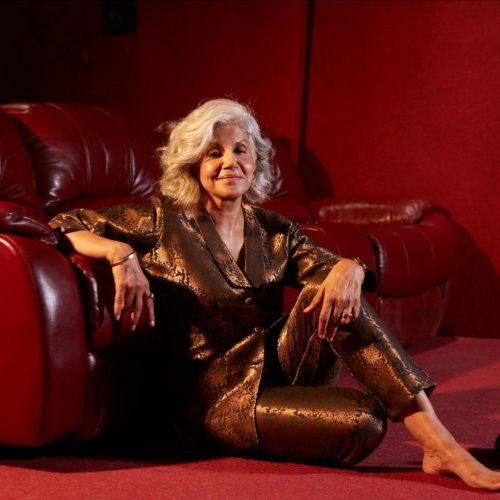
In addition, most designers ticked the box on some of the conversation around inclusivity and diversity during India Couture Week, but not age. Most shows included at least one mid-size or plus-size model and catered to the needs of the LGBTQIA+ community. Women above a certain age were, however, overlooked. Vinita is an exception to the rule, as she has previously walked for Tarun Tahiliani, a designer known for being age-friendly. She recalls, “I remember a few years ago when Tarun asked me to walk for him in Delhi. During our conversation about my pre-draped sari, I mentioned that I no longer wear conventional blouses (I gave that up years ago when I lost the abs for it). He simply said, ‘Just be yourself and do your thing.’ For the event, I wore a sheer wrapped shirt paired with his gorgeous metallic drape.”
However, this seems to be an exception rather than the rule. Pro-age model Mukta Singh expresses her hope to walk the ramp at either India Couture Week or Lakmé Fashion Week. While she’s appeared in digital campaigns for contemporary labels like Inca and 431-88 by Shweta Kapur, despite an approach from a stylist to walk the fashion week ramp, it never materialised. Mukta believes the industry is at a crossroads, though, and change is beginning to take place.
The question remains: are Indian designers and fashion weeks out of touch with cultural shifts within the country when it comes to age? The fashion industry should treat older people as main characters, not merely supporting roles. After all, it’s probably the 50-year-old woman who has the budget to buy couture pieces!
READ MORE
- Gauri Khan, On Her New Experience Centre In Delhi, Her Favourite Spot At Home, and Great Décor Advice
- With IRTH’s New Store in Noida, The Brands Adds To Its Joyful Delights
- Ranbir Kapoor’s New Perfume, ARKS Day, Reminds Him of His Childhood
- Your Interiors Will Love The Colour and Design Predictions By Asian Paints’ ColourNext Forecast for 2025
- “India is an Incredible Source of Inspiration for Me, and I Want to Connect With the Hearts of Indian Women”

